Imagine walking beneath the emerald canopy of a Philippine rainforest, hearing a distant, haunting whistle echo through the trees. Suddenly, a massive shadow glides overhead—wings as wide as your outstretched arms, fierce golden eyes scanning the world below. This is the Philippine Eagle, one of the rarest and most magnificent birds on Earth. Revered as a national treasure, feared as a formidable hunter, and pitied as a species teetering on the brink, the Philippine Eagle’s story is a breathtaking mix of wonder, pride, and heartbreak. Dive in, and discover why this bird is more than just a symbol—it’s a living legend fighting for survival.
Majestic Presence: The Unmistakable Appearance of the Philippine Eagle
The Philippine Eagle is impossible to mistake for any other bird. Standing over three feet tall, with a wingspan that can stretch beyond seven feet, it looks every inch the king of the forest. Its shaggy crest of brown and white feathers gives it a regal, almost lion-like mane, while its piercing blue-gray eyes seem to see right through the jungle. The beak is massive and powerful, perfectly designed for tearing flesh. When perched, the bird’s strong talons clutch the branch like a knight gripping a sword. Seeing one in the wild feels like witnessing a creature from a forgotten age—imposing, mysterious, and utterly unforgettable.
The Apex Predator: Top of the Food Chain
At the top of its food chain, the Philippine Eagle is an apex predator with no natural enemies—except humans. It swoops silently through the canopy, ambushing monkeys, flying lemurs, birds, and even giant squirrels. Its hunting technique is a masterclass in patience and precision, waiting for the perfect moment before launching a deadly attack. With powerful talons and a crushing grip, the eagle makes quick work of its prey. This role as top predator keeps the delicate rainforest ecosystem in balance, controlling populations of smaller animals and shaping the forest’s complex web of life.
A National Symbol: Pride and Identity of the Philippines
For Filipinos, the Philippine Eagle is much more than a bird—it’s a living symbol of national pride and unity. Officially declared the national bird in 1995, it’s featured on currency, postage stamps, and even government logos. The eagle’s strength and beauty mirror the resilience and spirit of the Filipino people. Schoolchildren learn about it in classrooms, and communities rally around efforts to save it from extinction. The bird’s story is woven into the nation’s cultural fabric, inspiring art, music, and folklore. To lose the eagle would be to lose a part of the country’s very soul.
Endangered and Elusive: The Grim Reality
Despite its iconic status, the Philippine Eagle is critically endangered, with only a few hundred individuals left in the wild. Decades of deforestation, hunting, and habitat loss have pushed this majestic bird to the edge. Each eagle needs up to 40 square kilometers of forest to thrive—a territory that’s disappearing fast. Spotting one in the wild has become a rare privilege. Conservationists work tirelessly to track and protect the remaining eagles, but the odds are steep. Without urgent action, this living legend could vanish in our lifetime.
Ancient Lineage: A Bird from the Past
The Philippine Eagle’s story stretches back millions of years, making it one of the world’s oldest and most unique raptors. Its closest relatives are found thousands of miles away, suggesting a long evolutionary journey. Scientists believe the eagle evolved to fill a niche left by the absence of large mammalian predators in the Philippines. With its powerful build and sharp senses, it became the undisputed ruler of the rainforest canopy. Its ancient lineage is a living reminder of the island’s rich natural history—a living fossil gliding above the trees.
Life in the Canopy: Habitat and Range
The Philippine Eagle depends on lush, old-growth rainforests to survive. Its range is limited to just a few islands—Luzon, Leyte, Samar, and Mindanao—where it hunts, nests, and raises its young. These forests are a tapestry of towering dipterocarp trees, tangled vines, and hidden streams. Eagles build enormous nests high in the canopy, safe from ground predators but vulnerable to loggers and storms. The rapid loss of these forests is the single greatest threat to their survival, turning their once vast kingdom into small, isolated patches.
Reproduction: A Slow and Fragile Process
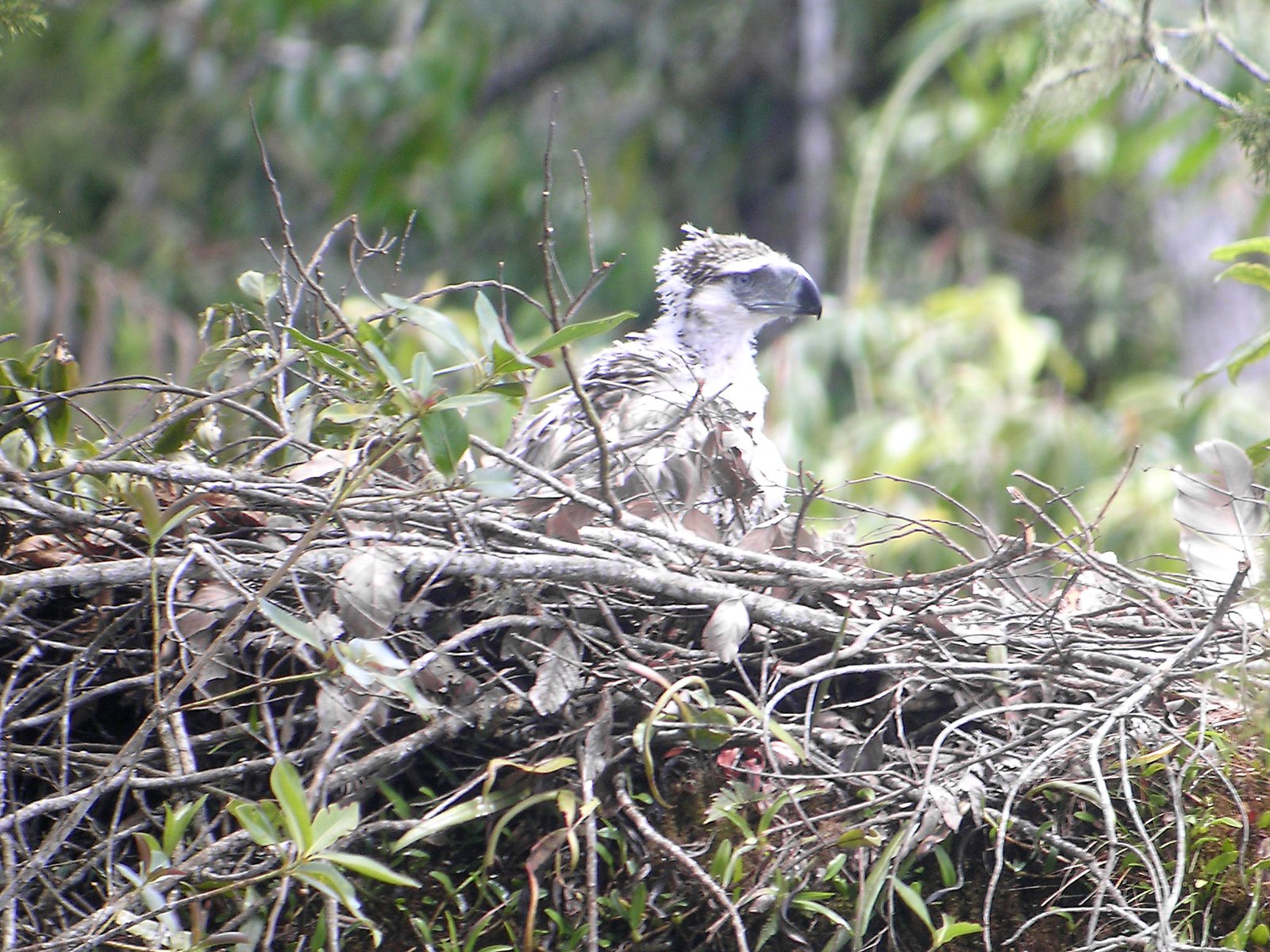
The Philippine Eagle’s slow reproductive cycle makes its recovery especially challenging. Pairs mate for life, building huge stick nests that can weigh hundreds of pounds. The female lays just one egg every two years, investing months in incubation and care. Both parents fiercely guard the nest and teach the chick to hunt, but many eggs and chicks don’t survive due to natural hazards or human disturbance. This delicate process means that even a small loss of breeding pairs can have a devastating impact on the population.
Personality and Intelligence: A Bird With Character
The Philippine Eagle is not just powerful—it’s smart and soulful. Observers have described these birds as curious, adaptable, and even playful. In captivity, they recognize their caretakers, solve simple problems, and display individual quirks. Some eagles are shy and cautious, while others are bold and aggressive. Their intelligence helps them thrive in complex forest environments, navigating dense branches and outsmarting wary prey. This unique personality makes each eagle feel less like a distant symbol and more like a living, breathing ambassador of the wild.
Diet: What Does the King Eat?
The Philippine Eagle’s menu is as exotic as its home. Monkeys are a favorite prey, but the eagle also hunts giant flying squirrels, hornbills, snakes, and even young pigs. It strikes with sudden, explosive force, using stealth and speed to surprise its quarry. Occasionally, it will scavenge, but live prey is the norm. This diverse diet keeps the eagle strong and healthy, while its predatory habits shape the forest’s delicate balance.
Threats: Facing a Gauntlet of Dangers
The dangers facing the Philippine Eagle are as diverse as they are deadly. Loggers clear forests for timber and farmland, destroying nesting sites and fragmenting territories. Hunters sometimes shoot eagles for sport or out of fear. Electrocution from power lines and poisoning from pesticides are growing threats. Even well-meaning ecotourists can disturb nesting pairs, causing them to abandon eggs or chicks. Every year, new hazards emerge, making the eagle’s fight for survival a constant uphill battle.
Human Impact: A Double-Edged Sword
Humans are both the eagle’s greatest threat and its only hope. For centuries, the forests that sustain the eagle were cleared for agriculture, mining, and development. Yet, it is also humans—scientists, rangers, students, and ordinary citizens—who champion the bird’s cause. Education campaigns, captive breeding, and protected areas are all the result of human dedication. This complex relationship is a reminder that the eagle’s fate is tied to our choices. Will we be its downfall, or its salvation?
Conservation Efforts: Racing Against Time
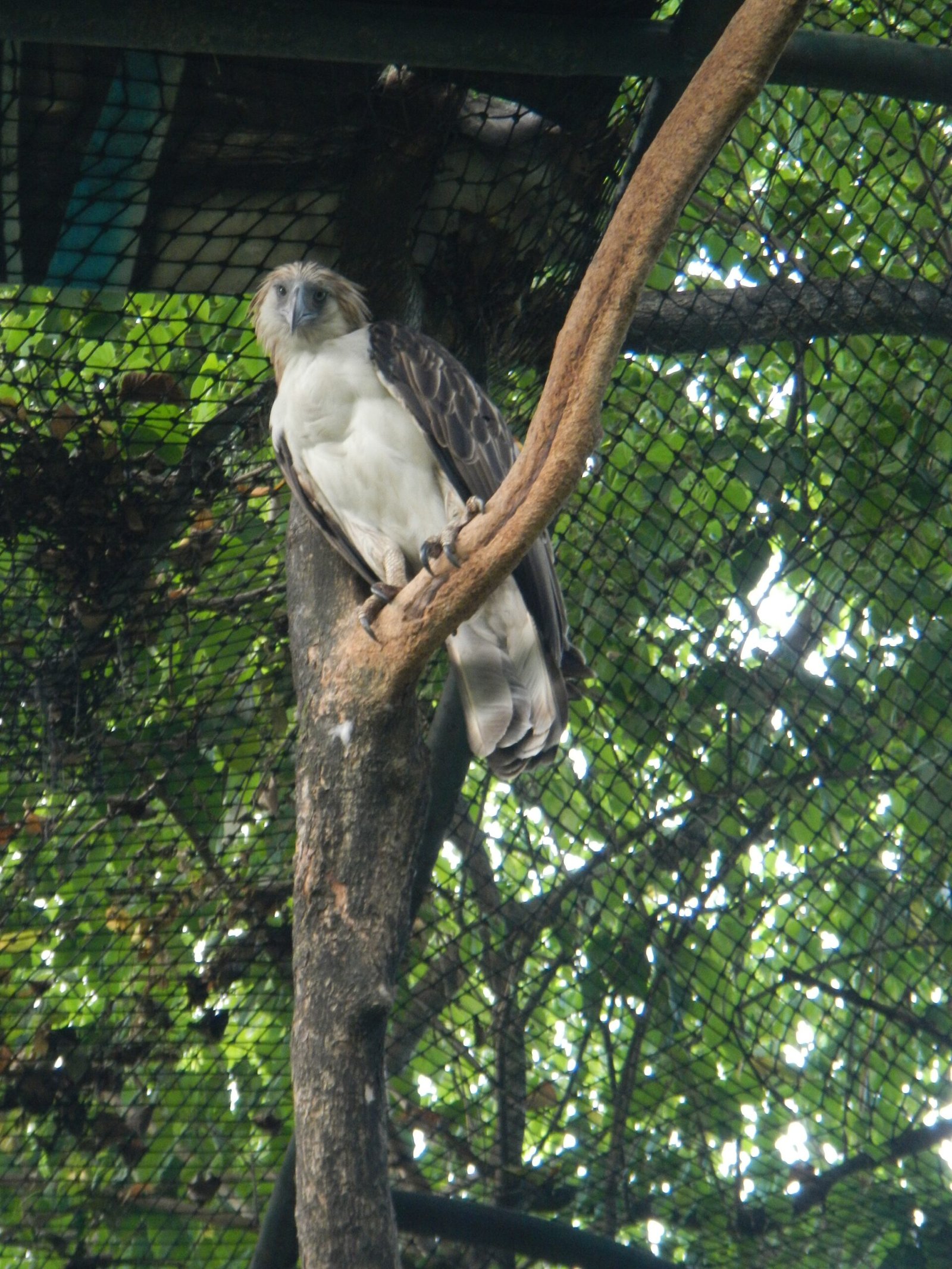
Saving the Philippine Eagle requires a coordinated, passionate effort. Organizations like the Philippine Eagle Foundation lead the charge, rescuing injured birds, raising chicks in captivity, and reintroducing them to the wild. Local communities are trained as forest guardians, using traditional knowledge to protect eagle territories. International support brings funding and expertise, while government policies aim to protect remaining habitats. Every success story—a chick hatched in captivity, an eagle released to freedom—is a testament to what’s possible when people unite for a cause.
Ecological Importance: Guardian of the Rainforest
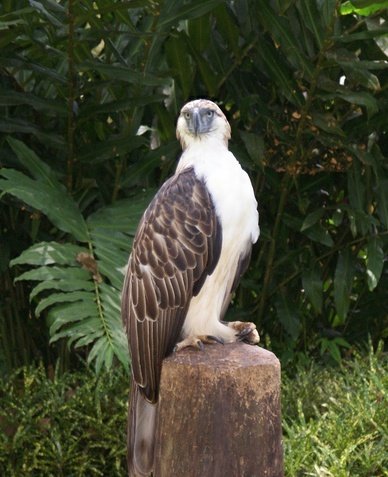
As top predator, the Philippine Eagle acts as a guardian of the forest, keeping populations of prey animals in check. Without it, the balance could tip, leading to overpopulation of certain species and decline of others. The eagle’s presence signals a healthy, functioning ecosystem—one capable of supporting countless other plants and animals. Protecting the eagle means protecting the entire rainforest, with benefits that ripple out to climate, water, and people.
Cultural Legends and Folklore: The Spirit of the Forest
Long before scientists studied the Philippine Eagle, indigenous Filipinos wove its image into stories and beliefs. Some tribes see the eagle as a spirit guardian, a bridge between earth and sky. Its feathers are considered sacred, used in rituals and as symbols of power. Stories abound of eagles rescuing lost hunters or punishing wrongdoers. These legends reflect a deep respect for the bird and a recognition of its role in the natural order.
Challenges in Captive Breeding: Hope and Hard Lessons
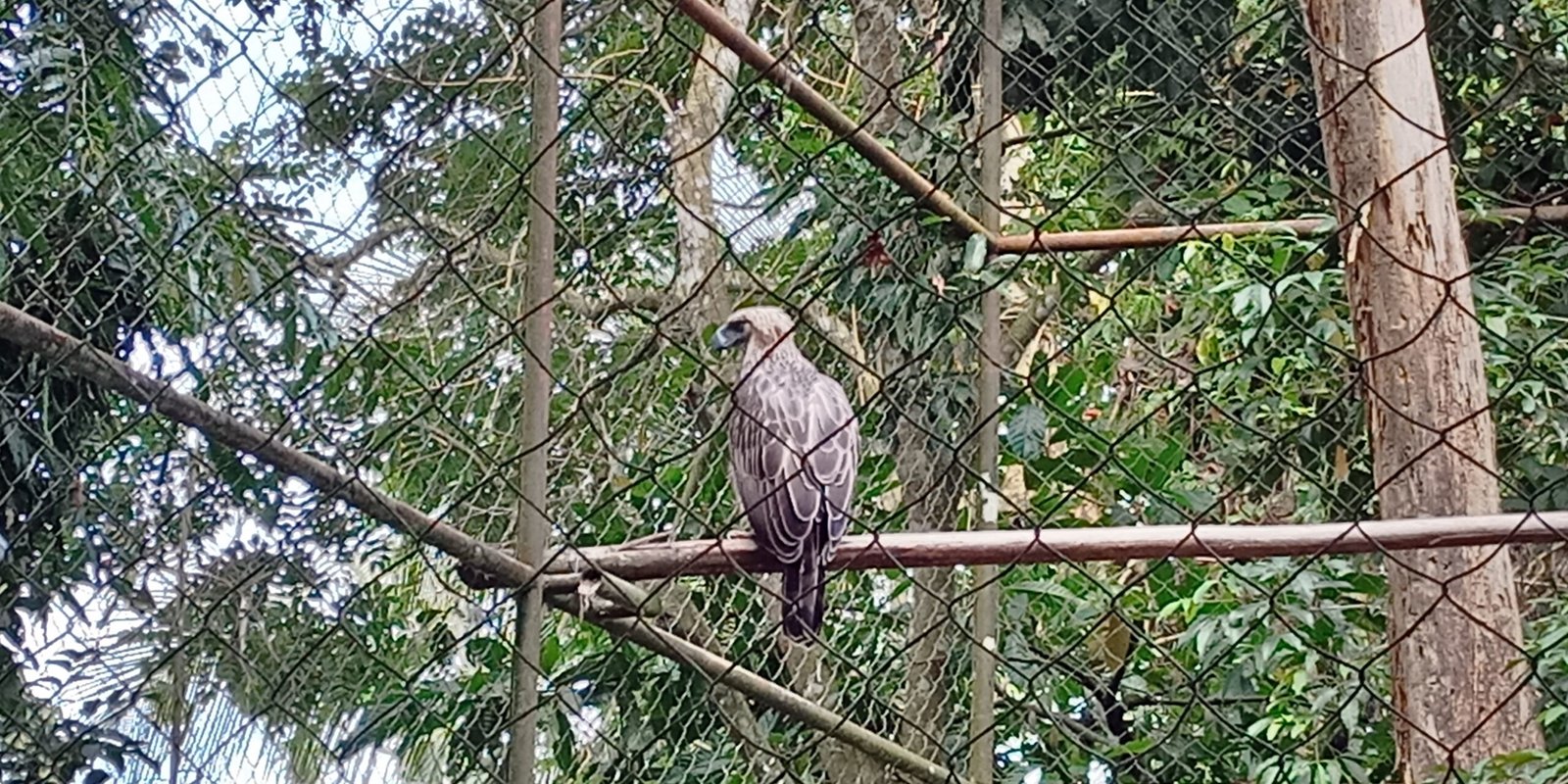
Captive breeding is a lifeline for the species, but it’s fraught with challenges. Eagles are notoriously difficult to breed in captivity, requiring specialized care, large enclosures, and careful matchmaking. Chicks raised by humans sometimes struggle to adapt to the wild, lacking the skills taught by eagle parents. Despite these setbacks, each successful hatching is a ray of hope. Breeding programs are constantly evolving, using new technologies and insights to give the species a fighting chance.
Educational Outreach: Inspiring the Next Generation

Education is at the heart of saving the eagle. Schools across the Philippines teach children about the bird’s importance, fostering a sense of stewardship from a young age. Conservation centers welcome visitors, offering up-close encounters that inspire awe and empathy. Social media campaigns share the eagle’s story with the world, turning curiosity into action. These efforts plant seeds of hope, ensuring that the next generation carries the torch for conservation.
International Attention: A Global Conservation Icon
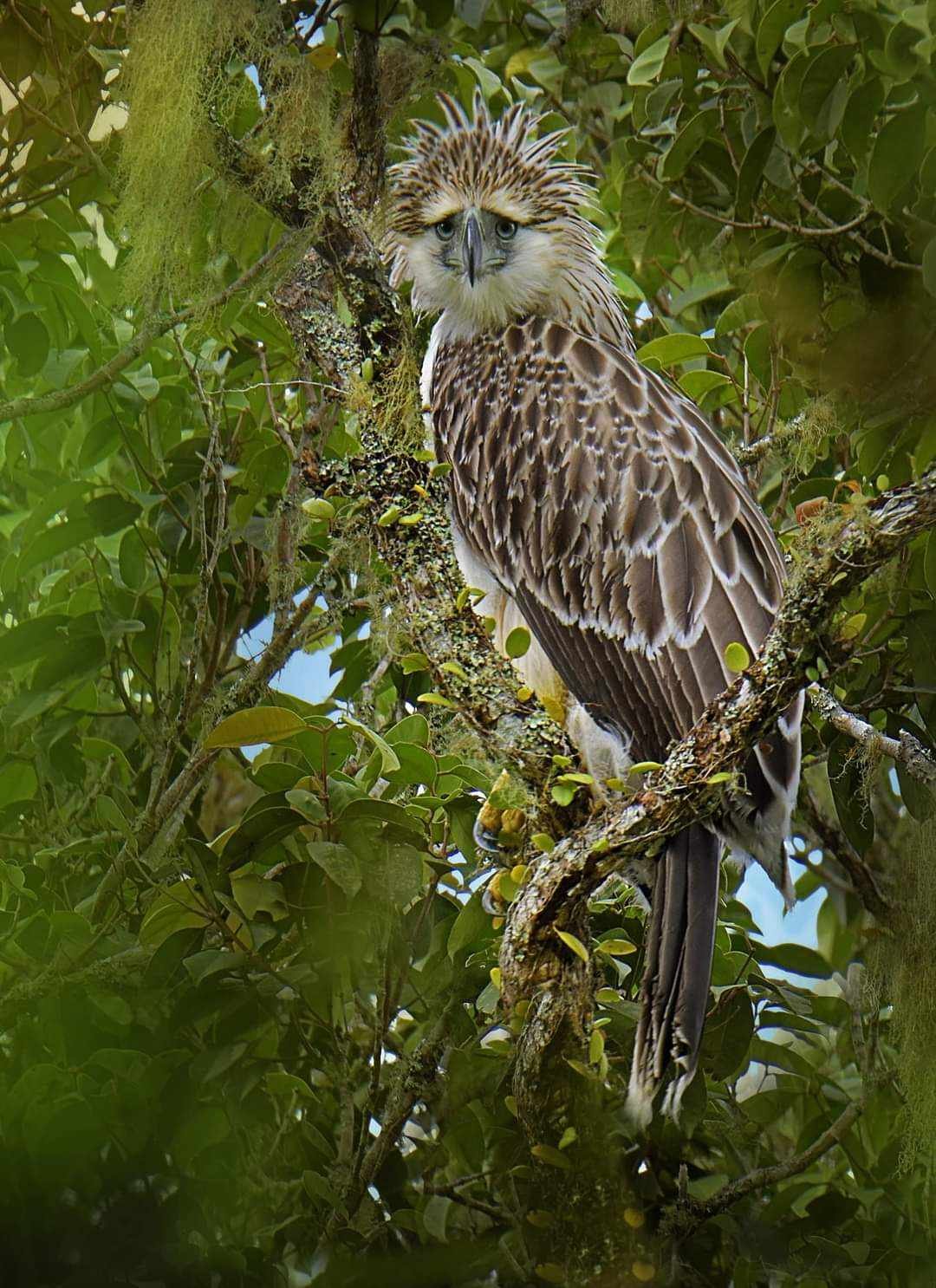
The plight of the Philippine Eagle has captured hearts far beyond its island home. International wildlife organizations feature the eagle in campaigns, documentaries, and research papers. Birdwatchers travel from across the globe for a chance to glimpse this rare raptor. Global support brings much-needed resources and expertise, reminding us that the eagle’s survival is a shared responsibility. Its story echoes that of countless endangered species worldwide, making it a symbol of our collective fight to protect the planet’s wonders.
Personal Encounters: Awe and Inspiration in the Wild
Ask anyone who has seen a Philippine Eagle in the wild, and their eyes will light up with wonder. The experience is described as humbling, even life-changing. There’s something almost magical about watching such a powerful creature glide silently through the trees, a reminder of nature’s majesty and fragility. For researchers, rangers, and lucky hikers, these moments fuel a lifelong passion for conservation. The eagle’s presence stirs a sense of responsibility—a call to protect what remains.
The Road Ahead: Uncertain, Yet Filled with Hope
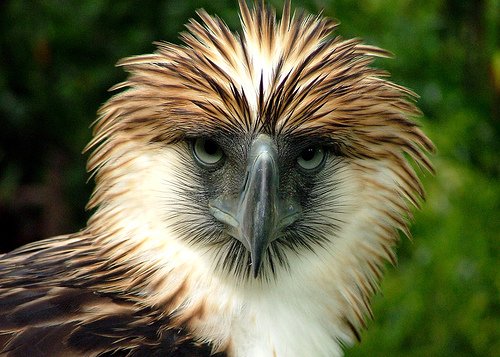
The Philippine Eagle stands at a crossroads. Its future is uncertain, but not without hope. The collective efforts of scientists, communities, and ordinary people have already achieved miracles—rescuing wounded birds, planting new forests, inspiring a nation. Each action, no matter how small, brings the eagle one step further from extinction. As long as people care, there’s a chance for this magnificent bird to keep soaring over the forests of the Philippines.



